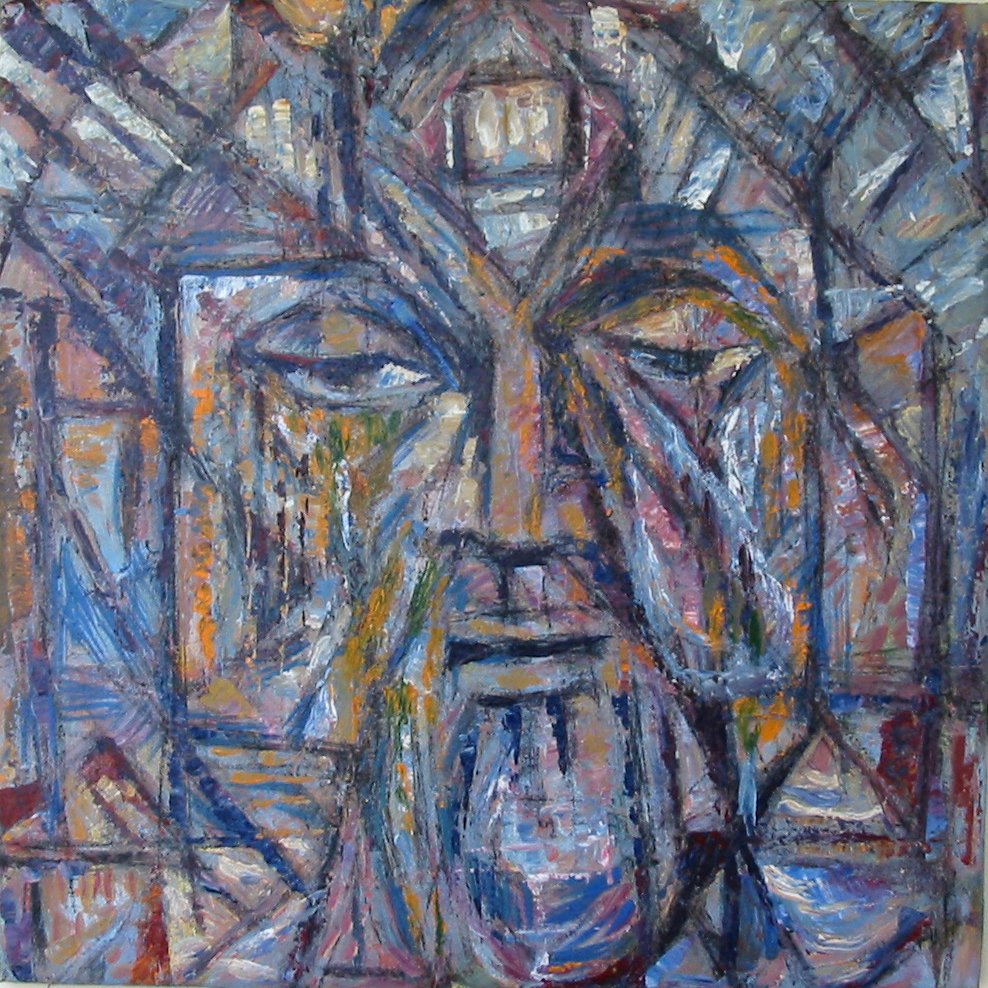Jesus on the Edge
“They were astonished at his teaching, for his word possessed authority.”
Contemporary Indian artist Jyoti Sahi blends Biblical themes and traditional Christian images with folk, tribal, Sufi, and Vedic imagery to represent Christ to the religiously plural Indian Subcontinent. This is his Jesus, the Rejected Stone painted in 2002. Though this stone is rejected, it fills our full vision and our attention. It is an image of Jesus that is fractured and neglected; yet patient for the wear of the years, and the striking blows of rejection and humiliation. This is the “rock of stumbling and offense” that has become for us the chief cornerstone. This is the Lord’s doing, and it is marvelous in our eyes!
See, I have set you this day over nations and over kingdoms, to pluck up and to break down, to destroy and to overthrow, to build and to plant.
— The Word of the Lord to the Prophet Jeremiah (Jer 1:10)
The Fourth Sunday of Epiphany
Texts for this Week
Prayer
O God, you know that we are set in the midst of many grave dangers, and because of the frailty of our nature we cannot always stand upright: Grant that your strength and protection may support us in all dangers and carry us through every temptation; through Jesus Christ our Lord, who lives and reigns with you and the Holy Spirit, one God, for ever and ever.
That Lonesome Valley
In a live performance captured shortly before his death in 1966, legendary folk musician Mississippi John Hurt performs a simple and subtle American spiritual with shrouded roots. “This is a religious song, and it’s so true,” he introduces the piece, “It’s true! And I always like to play religious songs, especially when you know they’re true.”
Jesus’s “lonesome valley” is especially poignant in this week’s Gospel passage. As it is written elsewhere, “He came to his own people, and his own people did not receive him” (Jn 1:11). In his hometown, he is not only rejected, but his kinsfolk rise up to put him to death, a foreshadowing of the death that he would bear on their behalf.
Interestingly, arrangements of the song in anglo hymnody (like this simple 70s-ish folk arrangement) begin with Jesus’s example of the lonely journey, then our common consignment to that fate in the first person plural, and last, the refrain of encouragement to the hearer of the song: “YOU must stand YOUR trial … nobody else can stand it for you, you have to stand it by yourself.” Hurt’s arrangement — with most of the Afro-American versions, and secularized folk renditions — begin with addressing the listener: “YOU got to walk that lonesome valley,” then list others who walk the valley, including Jesus (in sacred performances). This is perhaps reflective of the deep identification within Black spirituality of the sorrows experienced by the enslaved and oppressed with the suffering of Jesus. In any case, the variation in the performance enriches this simple but haunting little tune.




